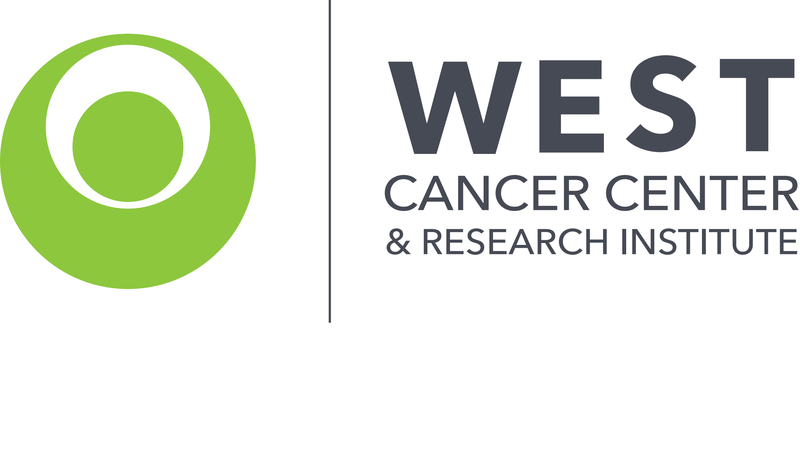- Advertise
- About OncLive
- Editorial Board
- MJH Life Sciences brands
- Contact Us
- Privacy
- Terms & Conditions
- Do Not Sell My Information
2 Clarke Drive
Suite 100
Cranbury, NJ 08512
© 2025 MJH Life Sciences™ and OncLive - Clinical Oncology News, Cancer Expert Insights. All rights reserved.
Expert Sheds Light on Future of Targeted Treatment in NSCLC
David C. Portnoy, MD, discusses emerging developments with targeted agents in lung cancer.
David C. Portnoy, MD
Ongoing clinical trials are investigating targeted agents for KRAS, MET, and PI3KCA mutations in non—small cell lung cancer (NSCLC). As more mutations are identified, the treatment landscape continues to shift away from chemotherapy regimens and toward biomarker-driven approaches, some of which include targeted agents plus immunotherapies, explains David C. Portnoy, MD.
The combination of targeted agents and chemotherapy have not been able to delay resistance in patients with lung cancer, says Portnoy. Although identifying targeted agents and driver mutations have been a focus of research, he predicts that down the line, the treatment landscape is “going to focus on immunotherapy and how it interplays in situations in which we have an identifiable driver mutation and a drug that can treat that mutation. We’ll have to determine how to incorporate the benefits of immunotherapy into those situations.”
OncLive: How has the identification of ALK, EGFR, and other molecular markers helped drive treatment in NSCLC?
In an interview during the 2018 OncLive® State of the Science SummitTM on Advanced Non—Small Cell Lung Cancer, Portnoy, a hematologist and medical oncologist at West Cancer Center, assistant professor of medicine at Nova Southeastern College of Osteopathic Medicine, the University of Tennessee Health Science Center, discussed emerging developments with targeted agents in lung cancer.Portnoy: In the past, all NSCLCs were treated exactly the same. Histology didn't matter and molecular underpinnings with a cancer didn't matter; they all were treated with chemotherapy whether you had squamous cell disease or adenocarcinoma. Everyone knows how chemotherapy makes patients feel, and of course there are the toxicities and limitations of chemotherapy. With chemotherapy alone, life expectancy for some metastatic NSCLCs is generally under 1 year.
We know about testing for ALK, EGFR, ROS1, and BRAF. What are some other emerging molecular targets?
What is the prevalence of these mutations, and what does the development look like in terms of targeted agents for them?
Please expand on what clinical research is needed in this setting.
Now, we are realizing that, in many of these cases, we can identify specific mutations that are driving the cancer. We're developing drugs that attack those specific mutations, allowing us to pinpoint the exact cause, or driver, of the cancer. This leads us to more efficiently attack the cancer with better results and fewer side effects. Typically, we test a very wide panel of targets. Unfortunately, our testing is better than our treatments. We have treatments for EGFR, ALK, ROS1, BRAF, and HER2; however, unfortunately there are a lot of mutations that we don't necessarily have great treatments for yet. There are many targeted agents that are still in the clinical trial stage such as for KRAS, MET, and PI3KCA.KRAS is the most common driver mutation seen in NSCLC. It comprises about 25% of NSCLC cases in which a driver mutation can be identified. We're still in the clinical trial stage, and there haven't been too many promising leads yet. You first want to identify targets and then identify the drugs that match and attack the target better. You’ll always find that there is a limit to how good it can be because of acquired resistance. Then, we’ll figure out why resistance develops and come up with another drug to meet the resistance.
Why is osimertinib such a successful agent?
Lorlatinib, an ALK inhibitor, was recently granted a priority review designation. Can you speak to developments in ALK-positive lung cancer?
What therapies are currently available to target ROS1?
For example, the T790M mutation will often cause resistance when treated with osimertinib (Tagrisso) in EGFR-mutated NSCLC, but it’s not the only form of resistance. You’ll want to find drugs that can tackle the other forms of resistance, too. You also want to see if you can delay the development of resistance if combined with chemotherapy. That's been looked at a lot, though it hasn't been so successful. Now, we’re looking at combinations to see if there’s synergy with targeted therapy and immunotherapy that allows for better disease-free survival. We know that with the first- and second-generation EGFR inhibitors, such as erlotinib (Tarceva), gefitinib (Iressa), and afatinib (Gilotrif), resistance generally develops within about 1 year. We know that most of the time, resistance occurs because of the development of a T790M mutation. Osimertinib has been designed specifically to treat that mutation. It has allowed us to treat patients who have progressed on the early generation EGFR inhibitors. Now, we know that you can give osimertinib first and get even better progression-free survival (PFS) and less toxicity.ALK-positive lung cancers are interesting because when crizotinib (Xalkori) came out, there was so much excitement over how this one drug could turn this very aggressive phenotype of lung cancers into a very treatable disease without a lot of toxicity. However, as with erlotinib and gefitinib, resistance develops again within about 10 to 12 months. Now, we're seeing all of these newer drugs that are effective when crizotinib is no longer effective. It can also be used in place of crizotinib with very impressive results. It treats a very small subset of all NSCLC, but it's resulted in hope for these patients.Crizotinib is the main drug we have in ROS1-mutated lung cancers. ROS1 is only seen as a driver mutation in about 1% of NSCLCs. It's a pretty small space, but what's impressive about crizotinib is that's it's really efficacious and has a 19-month PFS. Crizotinib is a better ROS1-targeted drug than it is an ALK-targeted drug.


